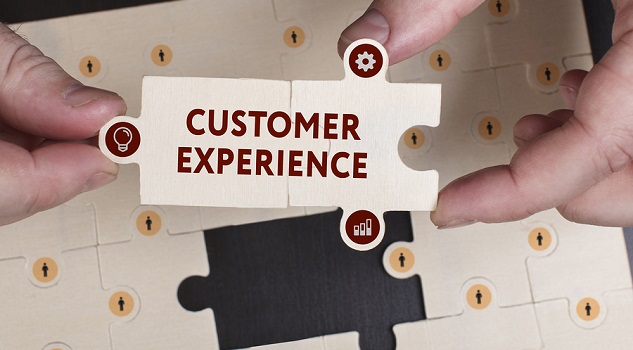Starting and growing a business is never easy and, in today’s uncertain times, it’s never been harder. Customer needs, behaviours and expectations have changed rapidly since the onset of the COVID pandemic and business owners have had to evolve their operations to keep pace.
Many had tremendous success over the last year as they digitally transformed their business; harnessing the power of technology to maintain business continuity and satisfy customer requirements, under trying conditions.
Meanwhile, enterprises that struggle to adapt and improve their offerings are at risk of being sidelined by more nimble, responsive competitors whose products and services are on point for today’s times.
So, what can you do to ensure you’re keeping the customer satisfied, as the Australian economy continues to gather steam? Here are some tips to help your business optimise its offering and deliver a great customer experience.
How are we doing? Seeking out feedback
If a customer is happy, they’ll tell others and, in time, you’ll enjoy the benefit of word-of-mouth business. But, the opposite is also true. In 2021, dissatisfied customers won’t hesitate to let their networks know about products and services that haven’t lived up to their expectations. Social media and online reviews can amplify their opinions and, warranted or not, they can be difficult to counter and may damage the reputation of your business.
Seeking customer input regularly and actioning it where appropriate can reduce the likelihood of this occurring. Reading digital feedback – think live chats, logs, customer surveys and email metrics – will help you identify commonly occurring issues. So will regular perusal of your online reviews and social media. While it may be tempting to focus on the praise alone, it’s wise to pay most attention to posts which are more critical because they’re the ones that can provide insight into how you can improve. Lastly, conducting customer interviews is the gold standard when it comes to finding out whether your product or service is fit for purpose or falling short.
Value your data: Practising data discrimination
Data is incredibly valuable in helping businesses make strategic decisions and you should collect and use it liberally.
However, always put your critical thinking hat on and take time to understand what the data might be telling you. If it’s saying that a feature is not being used, does that mean you should remove the feature, or is there something that can be improved upon or replaced with that feature? In all cases, businesses need good data to make decisions and the critical thinking provided by human input will support the best decision making; one that is ideally augmented by the expert knowledge of your team and your own business instinct.
Aim far and wide: Prioritising your projects
Always appeal to the greatest number of customers. Time and again, small and growing businesses make changes to their product roadmap or service to align with the needs of their largest customers.
However, while it may cost you in the short term, it’s optimal to offer more things to more people. Address universal pain points, rather than whims and requests that will only benefit a small percentage of customers. Doing this should give you the best ‘bang for your buck’ without distracting you from your core value proposition.
Building a more customer-centric business
In today’s competitive climate, business owners have little room for complacency. Australian customers are not short of options and will give their business to suppliers that meet and exceed their quality and service expectations. Against that backdrop, striving to improve your customer experience, methodically and manageably, is a must.














